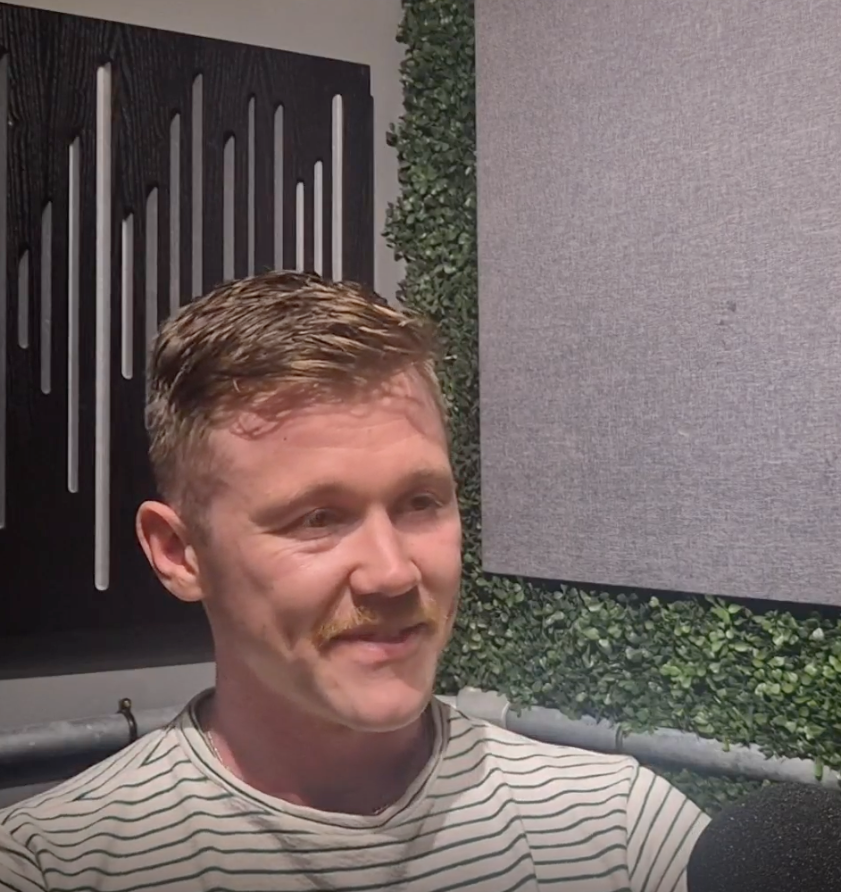SCIENCE HUMANISED: BEHAVIOURAL SCIENCE WITH TREVOR GORE
October 23, 2025
THE CRITICAL ROLE OF BRANDING IN TODAY’S HEALTHCARE LANDSCAPE
August 14, 2025
In our latest episode of Science Humanised, our Science Lead Andrew sits down with Josh Wray, Global Medical Affairs Manager for Lower GI at Reckitt, to explore the gut, the gut–brain axis, and where the science is headed.
Curious to know more about the gut and the unknown questions that keep Josh awake at night?
Read our summary & watch the full interview below!

Josh Wray is Global Medical Affairs Manager for Lower GI at Reckitt. He holds a master’s in chemistry with a focus on computational chemistry and nanotechnology, and began his journey with Reckitt as an undergraduate placement student.
Over seven years he’s moved from lab work on Gaviscon formulation to roles across brands like Air Wick and Strepsils before settling into Medical Affairs, progressing from Upper GI to his current focus on Lower GI.
Josh’s interest began in the lab working on Gaviscon and a dissertation on alginate “raft” systems for reflux. A later master’s project on bacterial fermentation and fermented foods deepened his curiosity about gut biology, probiotics, and how the GI tract is often overlooked compared to heart and lungs in early education – ultimately turning interest into passion.
The brain and gut communicate via hormones and nerves, including the enteric nervous system, with the microbiome as a key player.
Everyone has felt it: butterflies when nervous, stomach drop on a roller coaster, or that post‑meal satisfaction!
The field is moving from “functional GI disorders” to “Disorders of Gut–Brain Interaction” (DGBI).
Why it’s important: “Functional” implied “nothing’s wrong,” fuelling stigma. DGBI recognises measurable differences, like:
The exact mechanisms remain under study, but the reframing validates patient experience and guides better care.
Today there’s no single validated biomarker for IBS or DGBI.
Areas to watch:
Challenges:
Thank you for watching and for joining us on this deep dive into the gut–brain axis and the evolving science of DGBI. A huge thank you to Josh for a fascinating, candid conversation packed with insight. We’ll be back soon with another episode of Science Humanised… see you next time!
Verve is a health communications agency with the belief that great scientific communication doesn’t just inform – it connects, inspires, and drives action. Science is more than just clinical data and research papers; it’s also about the people it impacts and the ideas that shape the world around us.
Our philosophy at Verve, Science, humanised, brings together the precision of science and the power of human connection. We blend data with empathy, translating complexity into communication that resonates. Whether we’re creating compelling healthcare narratives, simplifying scientific breakthroughs, or engaging audiences with thoughtful storytelling, our mission is the same: to bridge the gap between knowledge and understanding.
Because when science is understood, it becomes more than knowledge, it becomes meaningful. We don’t just convey facts; we create experiences that make science accessible, relevant, and engaging. Our approach ensures that every story is rooted in accuracy but delivered with emotion, inspiring people to take action.
In a world where science is more important than ever, clear and impactful communication is key. Let’s make science something individuals don’t just read about-but truly connect with.
Thanks for reading! Stay curious, stay connected – We give you Verve.
October 23, 2025
August 14, 2025